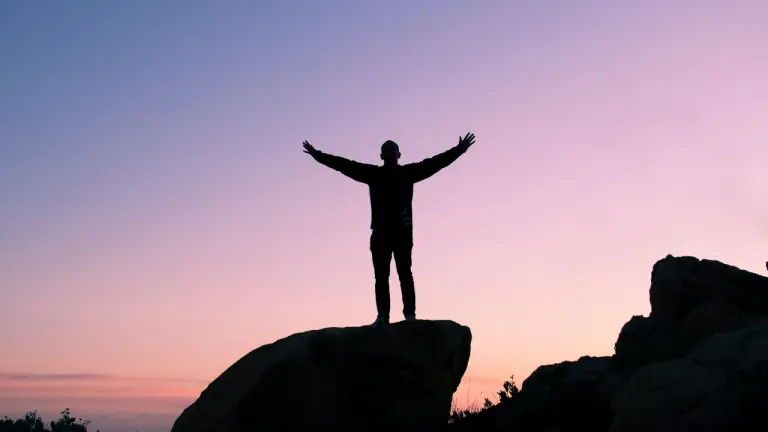The first time you walk into a protection class, it feels different. The air is steady, the noise is low, and everyone seems to move with purpose. You are not learning to fight. You are learning to think. Somewhere in the middle of the first week, when the instructor talks about Executive protection training, it suddenly clicks. This is not about muscles. It is about control of your space, your timing, your breath.
How Learning Starts
They make you begin with the simple things. Watching people enter a room. Listening to background sound. Remembering exits without turning your head. It sounds small, but soon you realize that half of protection is awareness. One student said he could never watch a crowd the same way again. Even coffee shops become small lessons in reading movement.
What Students Actually Practice
Training days move between classroom talk and ground work.
- In class, you break down travel routes and study case files from real incidents.
- Outdoors, you practice walking patterns, escort drills, and quiet communication.
- At night, you learn how lighting and noise can change how people behave.
- And sometimes you just sit still, learning patience.
It is not flashy, but it builds habits that keep people safe.
The Kind of People Who Join
There is always a mix, a retired soldier beside a young graduate, a woman from hospitality sitting next to a former driver. Everyone brings a different reason. Some want a career shift, some want structure, some just like the idea of being useful. After a few days, they start moving like a team. Someone checks a corner without being told, someone else notes a car detail. You begin to see quiet respect forming between them.
The Role Of A Good Academy
A proper school does not rush you. It guides you through each layer — awareness, communication, decision. Trainers who have lived the job explain what happens when theory fails and instinct takes over. PWA has built a name by offering that balance of structure and realism. They keep the pressure real but safe, so you learn to trust your thinking instead of panic.
What Happens After Training
Some graduates move into event protection, others into private assignments. A few end up travelling with corporate teams. There is pride in it, but also humility. The best professionals are invisible. They do not show off, they blend. And yet, they carry that quiet readiness everywhere, even when off duty.
Once you finish and gain confidence, you might want to expand into advanced programs like Bodyguard training, which deepens both physical and planning skills. But the base remains the same awareness, care, and composure.

